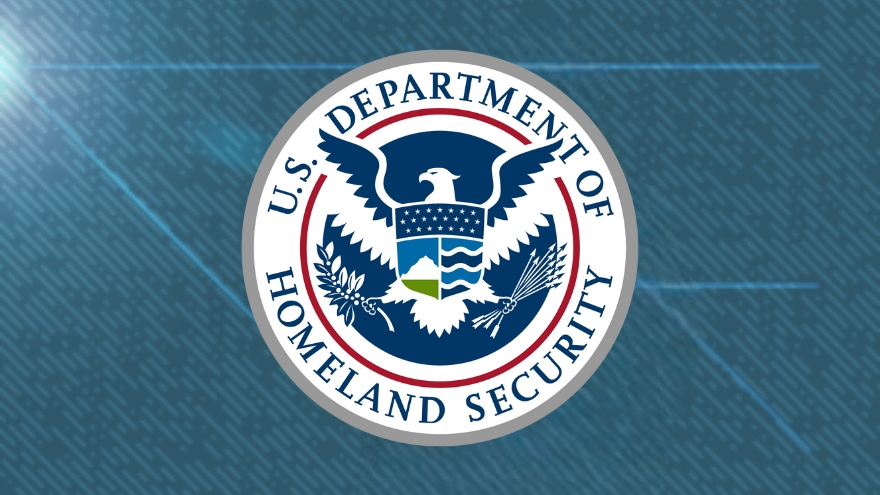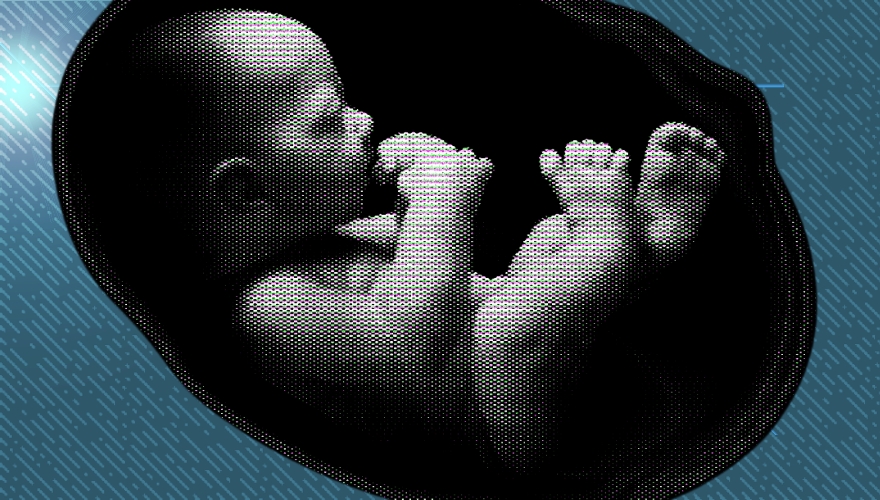When the Terrorist Screening Dataset debuted in 2003, the list had roughly 120,000. By 2017, about 1.1 million individuals were listed. Now, the database holds about two million names — including Americans — that the government considers a known or suspected terrorist. The revelation was made by CBS News after a review of court records, government documents, and interviews with more than a dozen intelligence professionals. Multiple government agencies whose core mission includes national security use the database, including the State Department, Department of Defense, FBI, and U.S. Customs & Border Protection (CBP). Under federal policy, agents are required to have a “reasonable suspicion” to add a name to the watchlist, though officials will not confirm whether a specific person is or is not on the list. “It doesn’t mean they’re a terrorist,” Russ Travers, a former U.S. intelligence professional who helped create the watchlist, told CBS. "It means there's something that has led a department or agency to say, 'This person needs a closer look.’” Travers added, “I'm sure that there are a lot of people that are in the database that are dead, that we don't even know it.” Monte Hawkins, who has served on the National Security Council for every administration since 9/11, says the majority of the names on the watchlist are not American citizens and explained, “Those 2 million people who are on the list are on there for a reason.” FBI records show that shortly after the program launched, three percent of the individuals in the database were U.S. citizens. CBS noted that national security officials say there are some people in the database who should probably be removed, but there is not enough staff to regularly audit each person’s file. In 2018, a security researcher discovered the full watchlist had been accidentally published online. Volodymyr “Bob” Diachenko discovered the watchlist, which was indexed by multiple search engines and included information like name, date of birth, citizenship status, passport numbers, and no-fly indicators.The federal government’s terrorist watchlist has nearly doubled in size over the past six years, now holding a staggering two million names.

*For corrections please email [email protected]*
